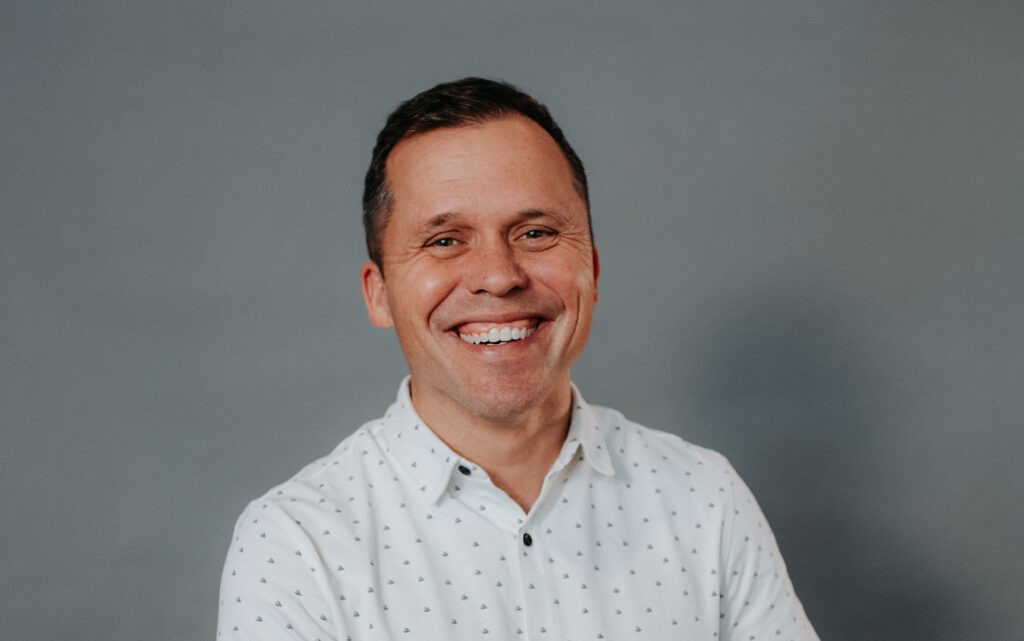Mowing my lawn. Grocery shopping. Filling the gas tank. These are all tasks I perform on a weekly basis.
But here’s a new regularly occurring task I’ve recently added: handling calls from concerned lead, executive, or youth pastors troubled by the declining numbers in their youth group.
We’ve greatly underestimated the pandemic’s impact on pre-teens and teenagers. While many churches have more adults and children attending, their high school participation is declining.
You’ve probably seen it too. Your high school numbers are decreasing.
Don’t panic. Because there’s a logical explanation for this decline.
But also be prepared for it to last another year or two.
Brain development during extraordinary events
The second most critical period for brain development is between the ages of 11 and 14. (The first most important? From birth to 2 years old.)
Today’s 14- to 17-year-olds, typically freshmen to juniors, experienced this significant brain development phase during the height of the pandemic. The social and emotional impact of the pandemic on students has been profound. And as adults, we may not fully comprehend its magnitude.
In 1992, during my junior year of college, I lived through a massive 6.8 earthquake.
This seismic event caused a major interstate to collapse. It destroyed roads and bridges. Southern California had to swiftly reroute its transportation network. Some routes required significant detours, while others were permanently closed. Redirecting, rebuilding, and creating entirely new roadways took time.
The brain is similar.
Between the ages of 11 and 14, a kid’s brain experiences significant rewiring and restructuring. New neural pathways are formed to create a metaphorical new map. Every person and experience helps construct these pathways.
Why adults have bounced back while teens haven’t
For adults, the pandemic lasted only a small portion of our overall life experience—approximately 1/10, 1/20, or 1/25.
Moreover, it took place after our brains had finished the crucial development period of adolescence.
The result? We can easily readjust to the pre-pandemic lifestyle, seamlessly transitioning back into large group settings, multitasking, and engaging in the social activities that our neural pathways were already accustomed to support.
For teenagers, however, the pandemic represents a significantly larger fraction of their total life experience—around 1/5, 1/6, or 1/7. During this critical time, their social neural pathways were being formed in an environment characterized by social distancing, political divisions, and other extraordinary circumstances.
While adults have effectively returned to a sense of “normalcy” and seamlessly resumed our regular routines, teenagers haven’t been provided with a smooth transition.
We’ve expected them to promptly rejoin the familiar rhythm of life, particularly in church and youth ministry settings. They’ve proven reluctant to do so, however, often voting with their feet and simply not showing up.
Metaphorically speaking, we are forcing them onto roadways they’ve never driven on.
4 ways to help teens adapt and show up
So, how should you and your church address this situation?
Here are 4 practical steps.
1. Don’t panic.
Avoid panicking. Resist the urge to make drastic, sweeping changes.
2. Understand the neurological impact.
Recognize that middle schoolers and high schoolers are now more distinct from each other than ever before.
Our current high schoolers experienced the pandemic during a crucial phase of brain development. Meanwhile, middle schoolers were not as neurologically affected.
While many high school groups are down by 20%, 30%, or more, many middle school groups are returning to pre-pandemic numbers (and sometimes even more).
3. Adapt for your high schoolers.
Consider adapting your existing programming for your high school group.
As a volunteer in student ministry, I’ve seen our high school students gravitate toward smaller, community-centered activities. Living rooms, restaurants, and coffee shops have more of a draw than a concert, lock-in, or large group service.
Consider prioritizing smaller, more intimate gatherings for the next year or two for high schoolers.
Meanwhile, for your middle school group, shift your focus back to “regularly scheduled programming” since this group has been less neurologically affected and is more excited about these traditional youth ministry environments.
4. Find support in community with other NextGen leaders
Nothing beats having a group of like-minded leaders who can engage with you in real-time conversations around real-life ministry questions.
How many people do you have helping you navigate your questions about NextGen ministry? Ideally, you want a group of 10-12 people with similar experience who can speak into and explore these issues with you.
That’s exactly what Slingshot’s NextGen Cohorts are designed to do.
Each 6-month Cohort gives you a comprehensive experience, real-world tools and strategies, and intentional coaching. Your Cohort includes:
- Learning with 10–12 others
- 75-minute group coaching every month
- Monthly individual coaching sessions
- Two 2-day retreats
- And more!
The 6-month NextGen Cohort begins October 2023, and the NextGen Advanced Cohort begins September 2023.
Space is limited, so reserve your spot now!





